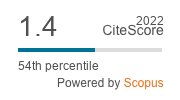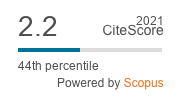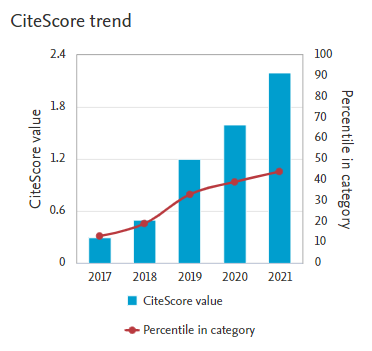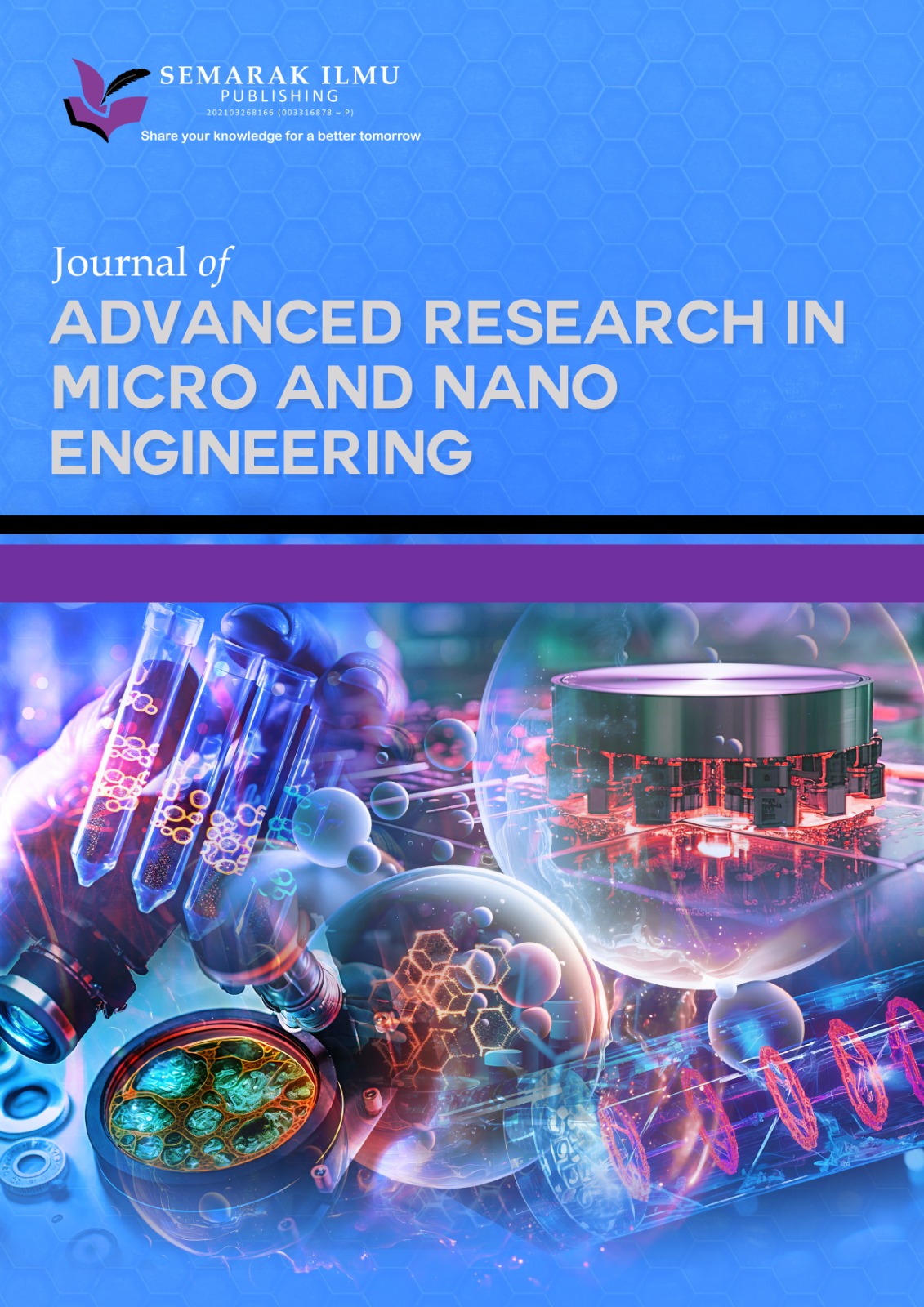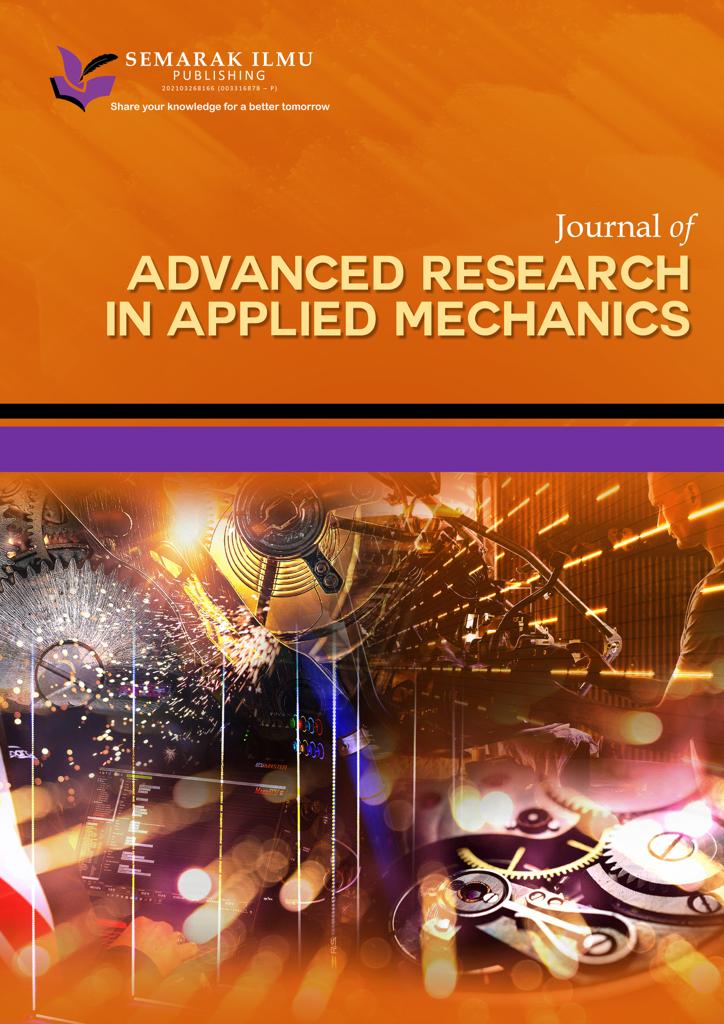Heat Transfer Improvement by Exploitation of Nanofluids in a Tubular Heat Exchanger
DOI:
https://doi.org/10.37934/arfmts.120.2.137154Keywords:
Heat exchagers, nanofluid, heat transfer, tube banks, numerical analysis, Nusselt numberAbstract
The enhancement of heat exchanger performance without an increase in its surface area constitutes a real challenge. It is vital to consider this challenge to improve processes and increase the efficiency of energetic and thermal systems. Nanofluids have recently been used in many industries and engineering applications, especially in heat exchangers. The increase in the application of nanofluids is due to their numerous attractive properties, such as the capacity to improve heat transfer and thermal conductivity. Most contemporary problems of nanofluid heat exchangers, such as determining nanofluid characteristics and their exploitation in CFD software, have been the subject of recent scientific papers. This work focuses on clarifying all the steps that must be taken to carry out any correct study concerning nanofluid heat exchangers. The properties of nanofluids are calculated using adapted models and formulas. This modeling uses mathematical expressions permitted to cover a large range of applications. The evolution depends on the chosen nanofluid, the variation of the temperature and the concentration rate of the nanofluid. Polynomial interpolations for these properties are obtained and injected into CFD software (FLUENT code) to carry out simulations using various nanoparticles. This paper conducts a numerical analysis of a microtubular heat exchanger to investigate its thermal impact, particularly on the Nusselt number and the coefficient of heat transfer convection. The application was developed for six different nanoparticles (Al, Al2O3, Cu, CuO, TiO2, and SiO2) with a concentration of nanofluids ranging from 0.5% to 5%. The obtained results present the behavior of nanofluids and the heat transfer improvement. The Nusselt numbers of SiO2 and TiO2 are greater than the other nanofluids (Al2O3, Al, Cu, CuO). They can reach up to 64% and 61% for SiO2 and TiO2 respectively, compared to water. For a fixed temperature, the effect of the concentration on conductivity, density, and dynamic viscosity is proportional for all considered nanofluids. On the other hand, the Prandtl number, specific heat, and volume expansion decrease with an increase in concentration. The improvement of the exit temperature at m=0.05kg/s can reach up to 12.2% and 2.1% for Al and Cu respectively, compared to water.
Downloads









